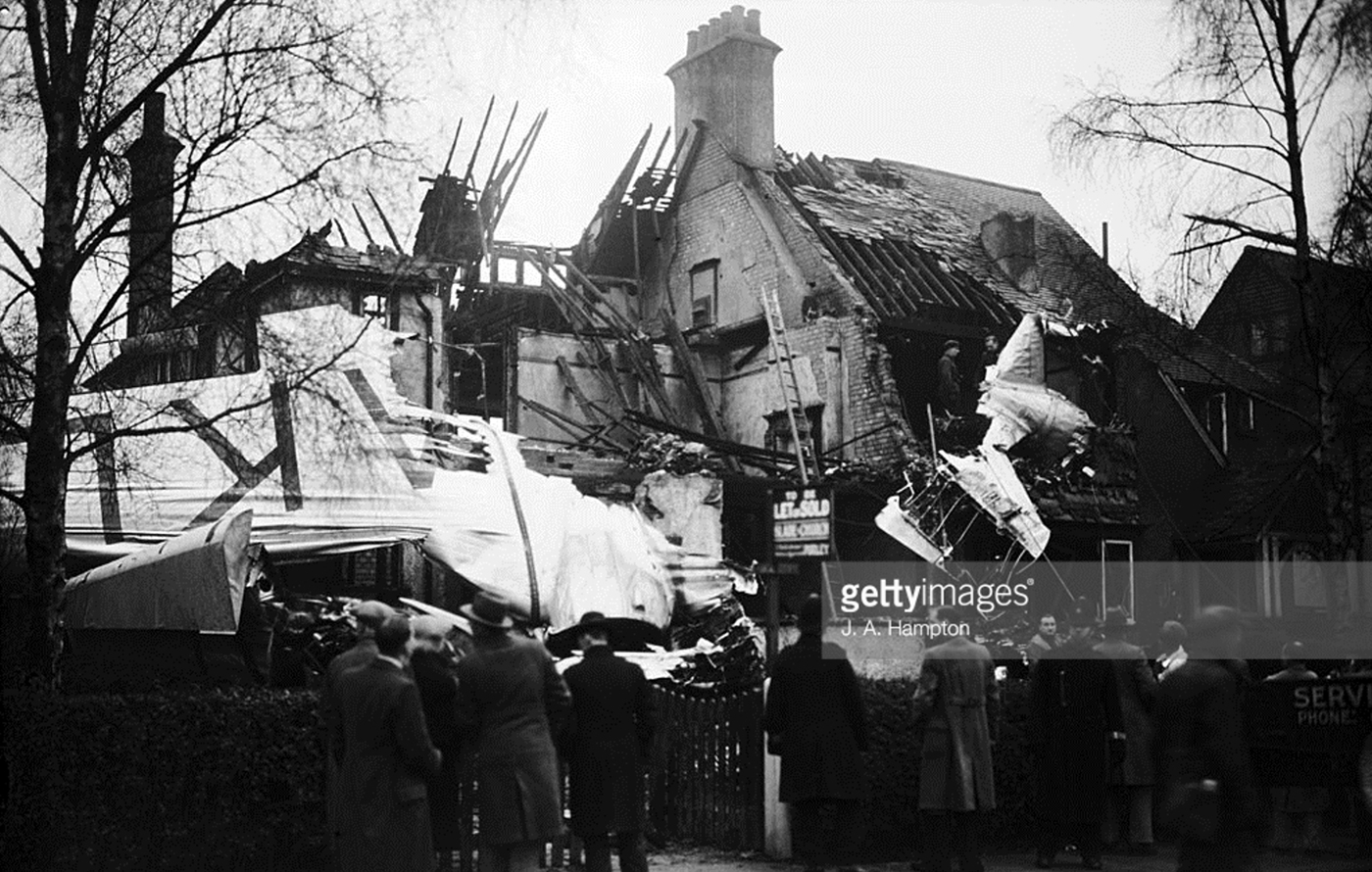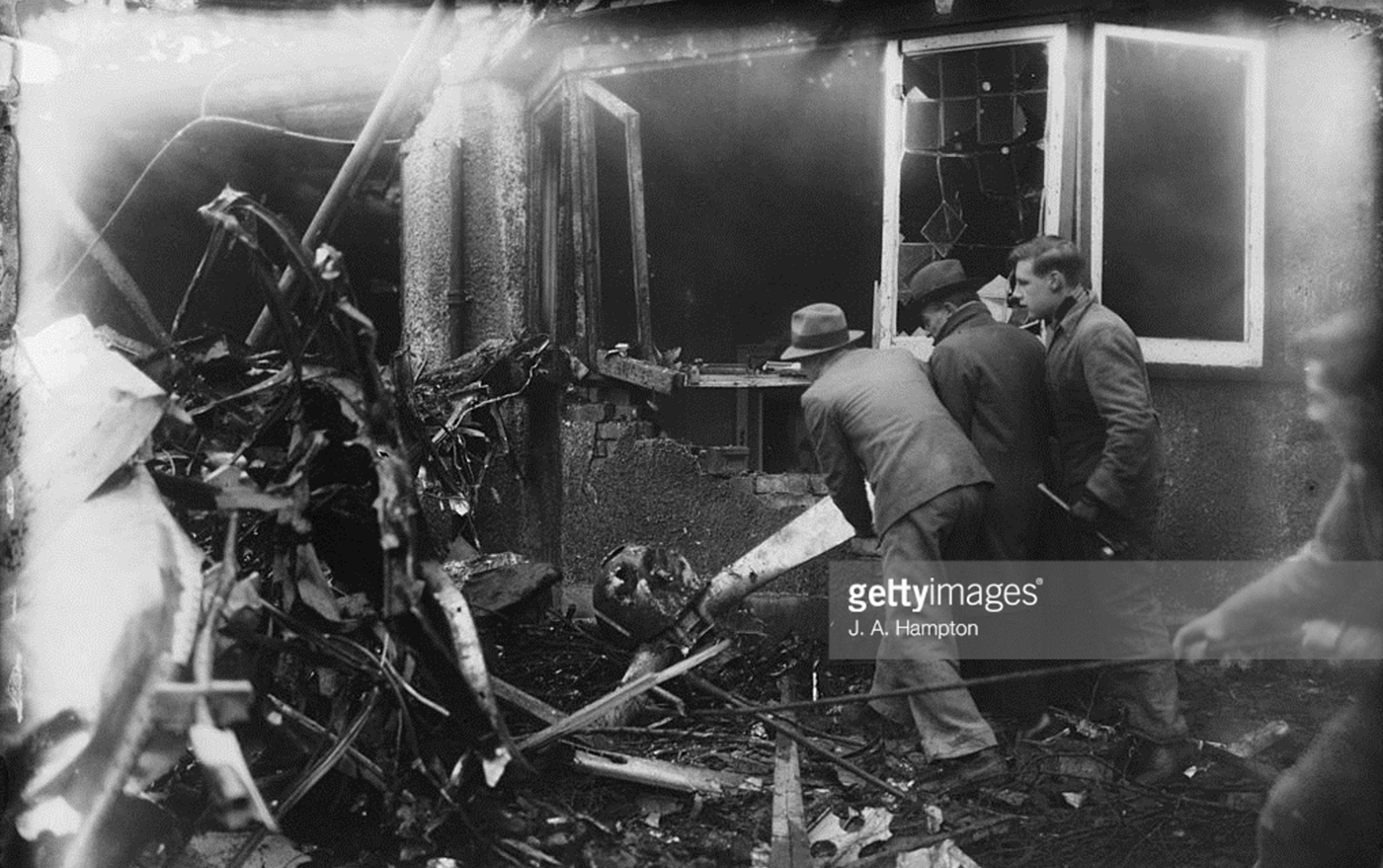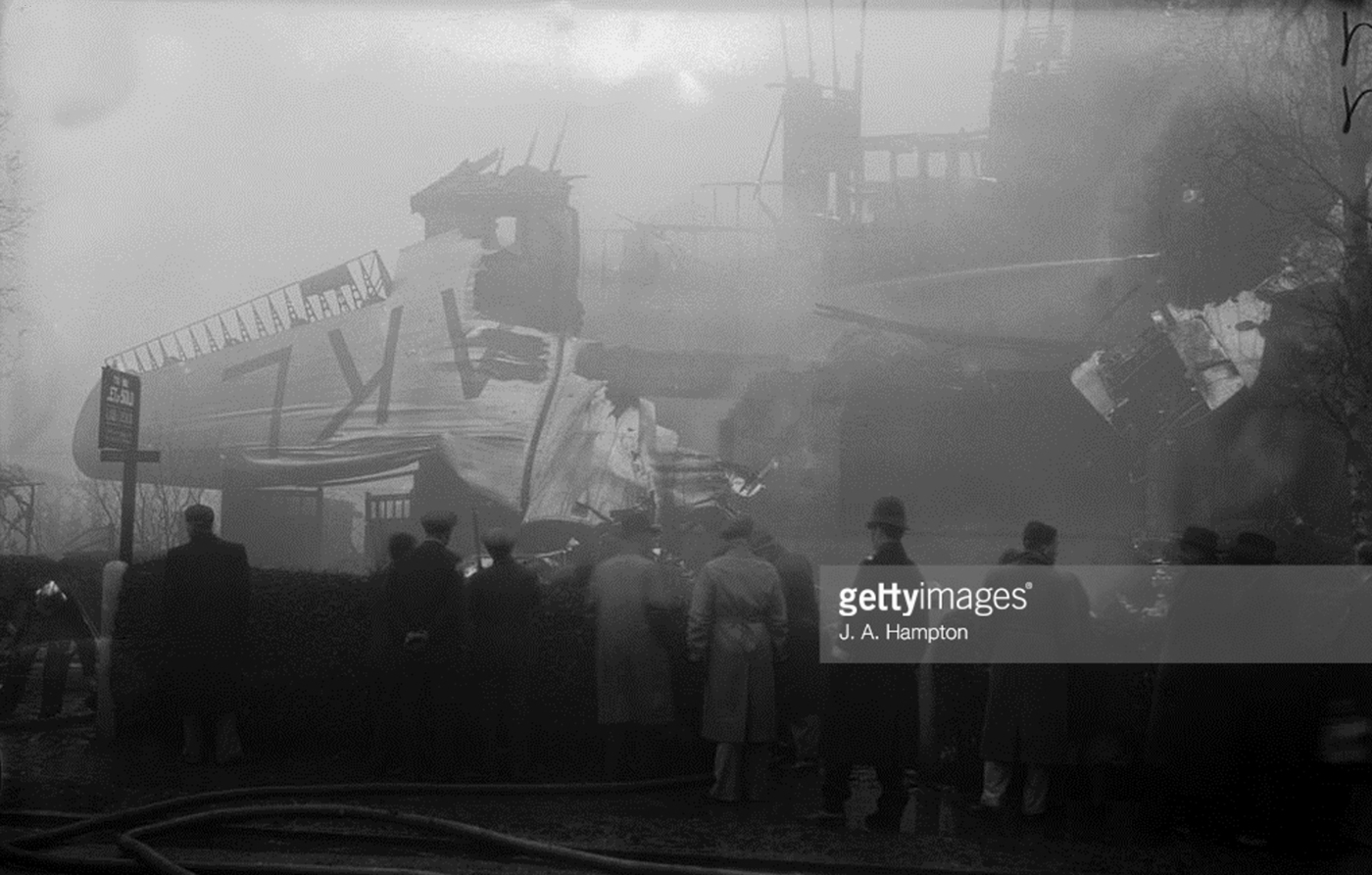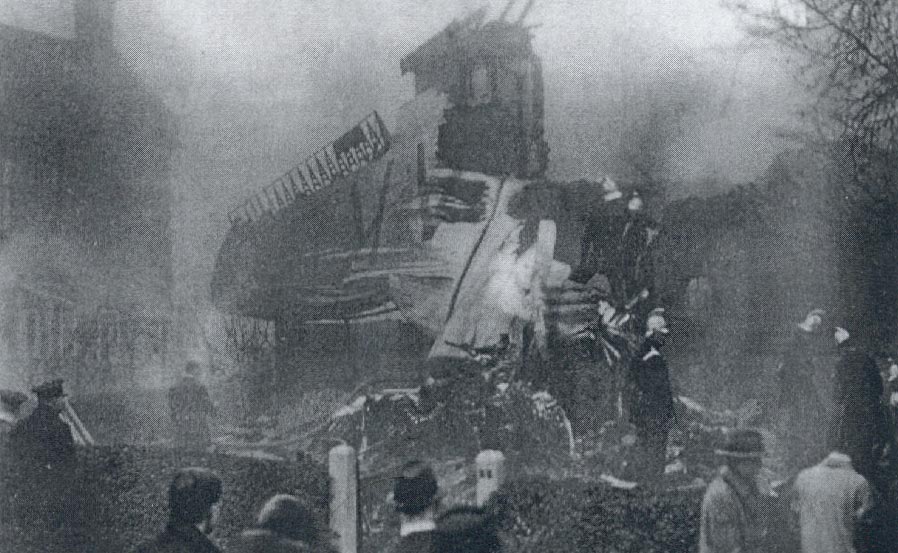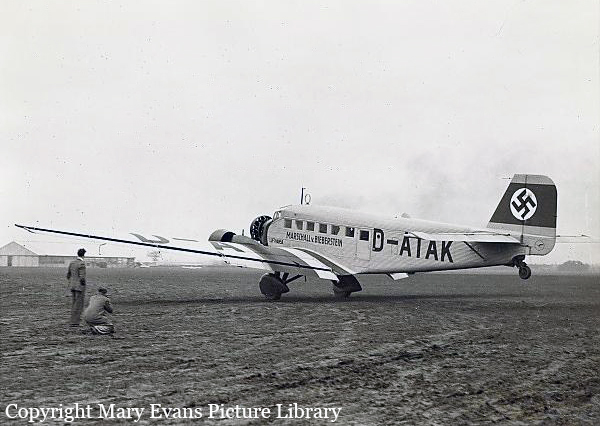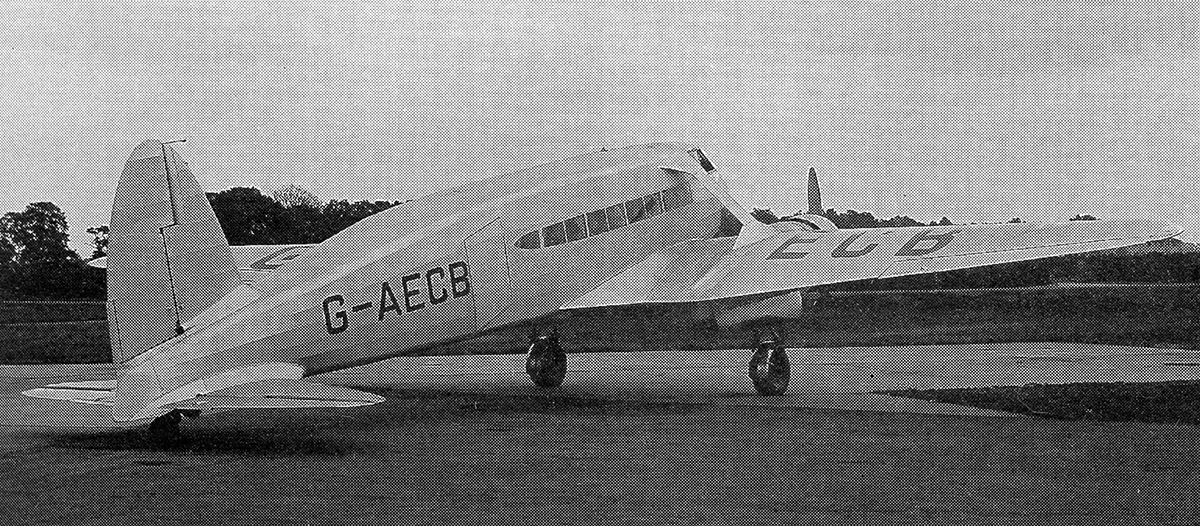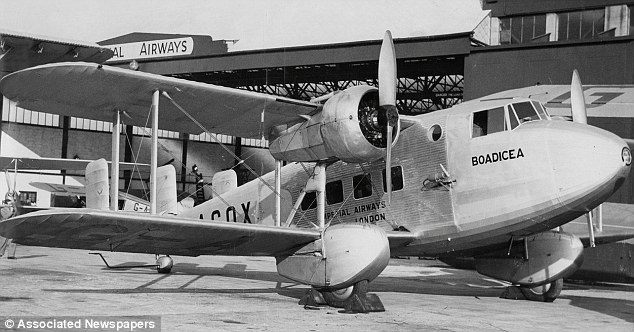Crash of a Junkers JU.52/3mfe in Croydon: 3 killed
Date & Time:
Nov 26, 1937 at 2130 LT
Registration:
D-AGAV
Survivors:
No
Schedule:
Croydon – Cologne – Hanover – Berlin
MSN:
4023
YOM:
1933
Crew on board:
3
Crew fatalities:
Pax on board:
0
Pax fatalities:
Other fatalities:
Total fatalities:
3
Circumstances:
Shortly after a night takeoff from Croydon Airport, the three engine aircraft went out of control and crashed onto a hangar. All three crew members were killed.









